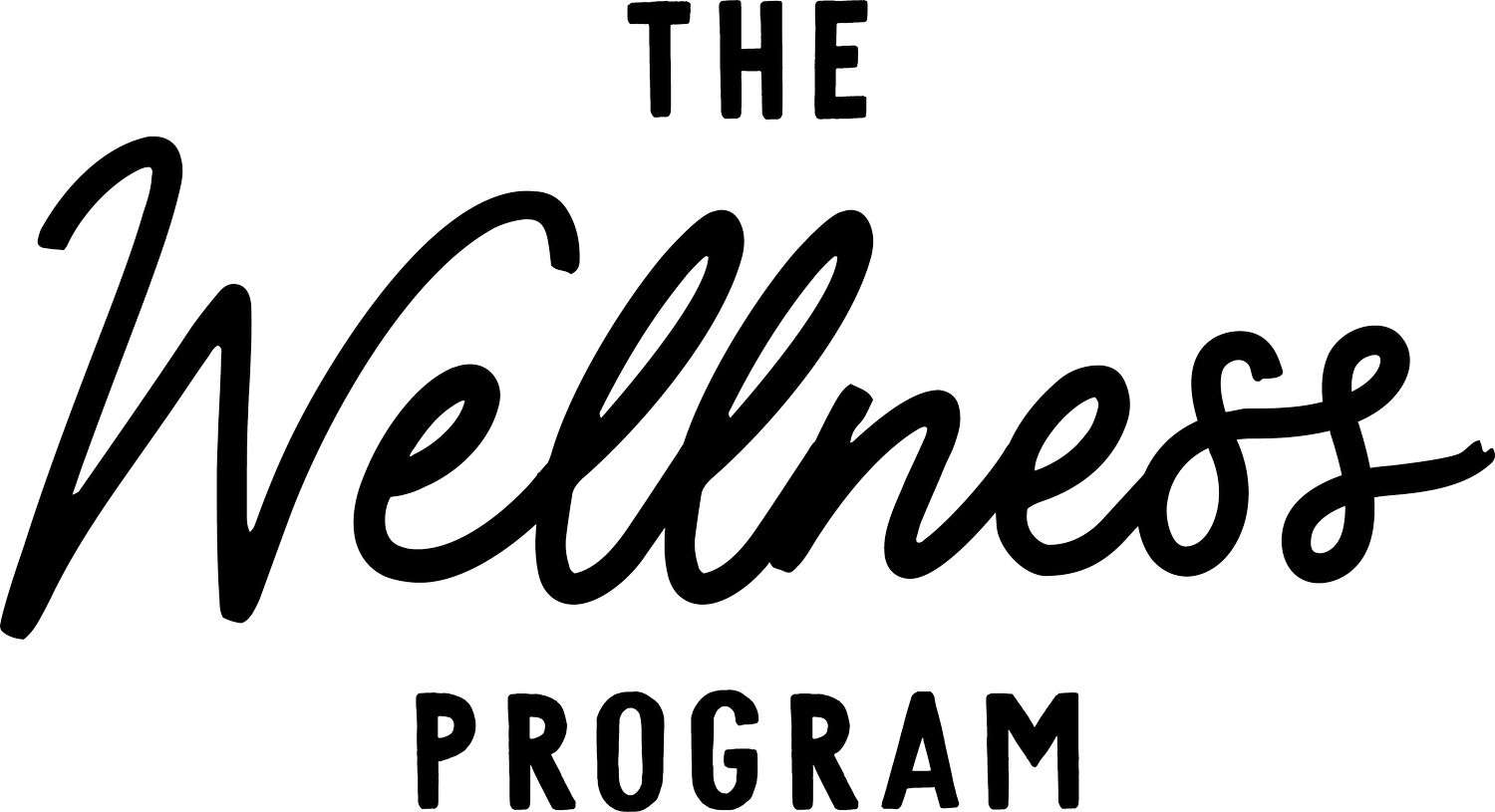3 Simple Breathing Techniques to Calm Your Nervous System
In a fast-paced world, it’s easy to get stuck in a cycle of stress without even realizing it. From constant notifications to work deadlines to emotional overwhelm, our bodies can spend hours (sometimes days) in a state of heightened alert. You may notice this as racing thoughts, tight shoulders, shallow breathing, or difficulty sleeping.
But one of the most accessible tools for regulating our stress response is something we often overlook: our breath.
Intentional breathing, or breathwork, is a science-backed practice that helps us move from a reactive state to a more calm and grounded one. With just a few minutes of practice, breathwork can lower your heart rate, reduce muscle tension, improve focus, and increase feelings of safety and connection within your body.
Whether you're managing anxiety, burnout, or just need a moment of reset during your day, these simple breathing techniques can help you come back to yourself, gently and effectively.
Why Breathwork Helps Calm the Nervous System:
To understand why breathwork is so powerful, it helps to look at how our nervous system works.
We have two main branches of the autonomic nervous system: the sympathetic nervous system, which activates the "fight, flight, or freeze" response and the parasympathetic nervous system, which helps us "rest and digest." When you're under stress, your sympathetic system kicks in; your heart rate increases, your muscles tighten, and your breath becomes shallow and rapid. This is a survival response—but staying in that state too long can take a toll on your mental and physical health.
Breathing techniques work by signaling to the body that you are safe.
Deep, controlled breaths activate the vagus nerve, which stimulates the parasympathetic nervous system and helps shift your body into a calm, restorative state. This not only helps you feel better emotionally, but can also improve digestion, sleep, immunity, and focus.
Breathwork is a way of telling your nervous system, “I’m okay now.”
3 Breathing Techniques to Calm Your Nervous System:
When practiced consistently, even for just a few minutes a day, these simple breathing exercises can help bring you back to a state of calm, focus, and balance. Try each one and see what feels best for your body.
1. Box Breathing (4-4-4-4)
Also known as: Square breathing
How to do it:
Inhale through your nose for a count of 4
Hold your breath for 4
Exhale slowly through your mouth for 4
Hold again for 4
Repeat for 4–6 rounds
Why it works:
Box breathing creates a steady rhythm that brings structure to your breath and focuses your mind. It’s used by athletes, public speakers, and even Navy SEALs to stay calm under pressure. This technique activates the parasympathetic nervous system, helping you move out of “fight or flight” and into a state of equilibrium.
When to use it:
✓ During high-stress moments
✓ Before public speaking or meetings
✓ When you're feeling scattered and want to reset your focus
2. 4-7-8 Breathing
Also known as: Relaxing breath
How to do it:
Inhale quietly through your nose for 4 counts
Hold your breath for 7 counts
Exhale completely and slowly through your mouth for 8 counts
Repeat for 4 cycles
Why it works:
This technique slows your breathing and increases oxygen flow, which helps naturally calm the nervous system. The extended exhale is particularly effective at reducing anxiety, lowering blood pressure, and helping you wind down, especially in the evening. Over time, it can train your body to respond to stress with more ease.
When to use it:
✓ Before bed or naps
✓ When feeling anxious or overwhelmed
✓ After receiving upsetting news or feedback
3. Diaphragmatic Breathing (Belly Breathing)
Also known as: Deep breathing
How to do it:
Sit or lie down comfortably
Place one hand on your chest and one on your belly
Inhale deeply through your nose, allowing your belly to rise as your lungs fill
Exhale slowly through your mouth, feeling your belly fall
Keep your chest still, focus on the breath coming from your belly
Continue for 1–3 minutes
Why it works:
When we’re stressed, we tend to breathe shallowly from our chest. Diaphragmatic breathing helps you return to full-body, grounded breath, which activates the vagus nerve and signals your brain that it’s safe to relax. It also improves oxygen delivery, digestion, and your sense of emotional stability over time.
When to use it:
✓ First thing in the morning to center yourself
✓ During mindfulness or meditation practice
✓ When you feel disconnected from your body
Final Thoughts
Breathing may sound simple, but when done intentionally, it becomes a powerful act of self-regulation. Each technique offers a way to anchor yourself when stress arises, to reconnect with your body, and to create space for calm in your day. Try practicing one technique daily for a week and notice how it shifts your energy, focus, and sense of peace.
You don’t have to control everything around you.
Sometimes, all you need to do is control your breath.
